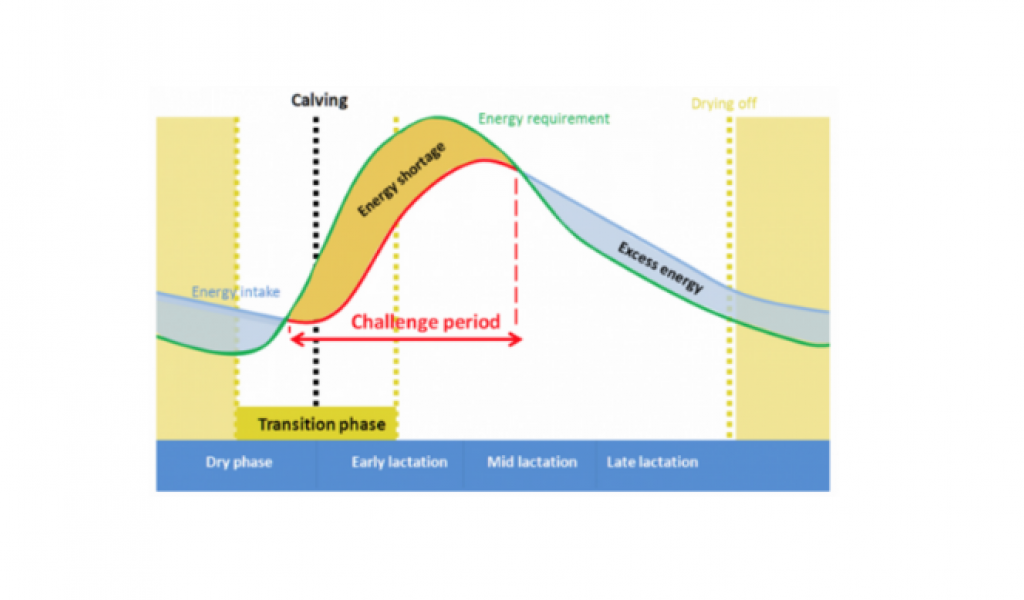Specialist Nutrition IE
Ballymountain, Waterford, X91 V6YR, Ireland
Specialist Nutrition IE
Ballymountain, Waterford, X91 V6YR, Ireland
Specialist Nutrition IE
Ballymountain, Waterford, X91 V6YR, Ireland

As grass quality varies from first to second rotation, a dietary imbalance can occur if not managed carefully. Matching the buffer feed to the nutritional characteristics of the grass can have multiple benefits for the herd and is key to managing the variation in the quality of the grazing platform.
Buffer feeding allows farmers to complement the available, variable grass to meet the cow’s nutritional requirements throughout the year while keeping the cow’s diet balanced.
The ability to buffer feed can make up the shortfall in overall dry matter intake (DMI) targets and supports rumen function, helping achieve good milk quality while maximising solids and body condition.
Some negative energy balance (NEB) & body condition score (BCS) loss is inevitable after calving, as maximum energy output through milk production occurs before maximum DMI is reached. Accurate buffer feeding can help to minimise this loss.
Minimising NEB will lead to higher milk solids, reduce BCS loss and enhance herd fertility.
Insufficient energy in a cow's diet can result in low milk protein, low milk yields, poor fertility as well as potential metabolic issues and a loss of BCS. The ability to buffer feed can make up the shortfall in overall DMI targets, especially when dry matter is low in grass.
Remember, for every 1% reduction below 18% in grass dry matter, grass intake is reduced by 0.33 kg DM.
Buffer feed should supplement the grass quality being offered to balance the diet for Fibre, Dry Matter, Protein and Energy to build a matching buffer feed that will drive milk yield, butterfat and milk protein production.

Ensuring cow's BCS loss is not significant (<0.5kg/day) in early lactation, and NEB is corrected before heading into the breeding season is crucial for good fertility. Diet density and consistency are key to avoiding any nutritional imbalances whilst intakes are limiting. Body condition score and cow production should be good indicators of how well your diet is working. Cows should be regularly monitored for BCS.
Avoid significant changes in the diet around breeding and subsequent weeks. Gradual changes/displacements of feedstuff's whilst satisfying the cow's dietary requirements should be prioritised.
The herd's mineral status should be monitored closely with supplementation based on a forage analysis and overall diet constituents. Trace elements cannot be readily stored in the animal and should be supplemented daily for best results.
Other Benefits of Buffer Feeding
1. Balance a cow's diet for minerals
2. Manage Butterfat
3. Reduce Acidosis risk
4. Manage a high stocking rate & grass supply
5. Improve fertility
6. Ensure milk production potential whilst managing BCS
Contact Specialist Nutrition for expert nutritional advice or to learn more about balancing dairy diets
Specialist Nutrition | Moist Feed and Forage Specialists
Call 051 833071 or WhatsApp Amy on +353 87 408 1002
